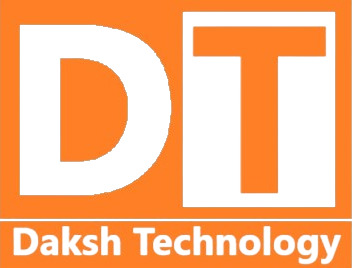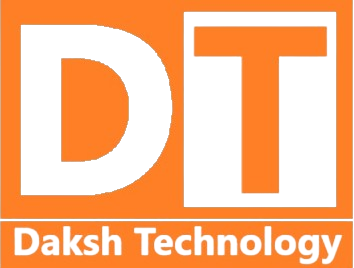Systems, Applications, and Products in Data Processing (SAP) is a leading enterprise resource planning (ERP) software suite developed by SAP SE, a German multinational software corporation. SAP’s ERP system integrates various business functions, such as finance, human resources, supply chain management, manufacturing, sales, and customer relationship management, into a single unified platform.
Here’s an overview of SAP and its key components:
- ERP Modules: SAP ERP consists of several modules that cater to different business functions:
- Financial Accounting (FI): Manages financial transactions, accounting, and reporting processes.
- Controlling (CO): Handles cost accounting, budgeting, and internal reporting.
- Sales and Distribution (SD): Manages sales orders, pricing, shipping, and billing processes.
- Materials Management (MM): Controls procurement, inventory management, and material planning.
- Production Planning (PP): Supports production scheduling, capacity planning, and shop floor control.
- Human Capital Management (HCM): Covers employee administration, payroll, time management, and talent management.
- Customer Relationship Management (CRM): Manages customer interactions, sales, marketing, and service processes.
- Supply Chain Management (SCM): Coordinates supply chain activities, including demand planning, procurement, and logistics.
- Business Intelligence (BI): Provides analytics, reporting, and data visualization capabilities for informed decision-making.
- Integration: SAP ERP modules are tightly integrated, enabling seamless data flow and process automation across different business functions. Integration ensures data consistency, eliminates redundant data entry, and improves operational efficiency.
- Customization and Extension: SAP allows organizations to customize and extend the ERP system to meet specific business requirements. Customization may involve configuring existing functionalities or developing custom programs using SAP’s programming language, ABAP (Advanced Business Application Programming).
- SAP HANA: SAP HANA is an in-memory database platform that accelerates data processing and analytics in real-time. It enables faster data retrieval, advanced analytics, and predictive capabilities, supporting businesses in making informed decisions based on real-time insights.
- Cloud Solutions: SAP offers cloud-based solutions, such as SAP S/4HANA Cloud, SAP SuccessFactors (cloud-based HCM), SAP Ariba (cloud-based procurement), and SAP Customer Experience (cloud-based CRM). These solutions provide scalability, flexibility, and accessibility, allowing organizations to adapt to changing business needs and leverage the benefits of cloud computing.
- Industry Solutions: SAP provides industry-specific solutions tailored to various sectors, including manufacturing, retail, utilities, healthcare, automotive, and financial services. These industry solutions address specific business requirements and regulatory compliance needs within each sector.
- User Experience: SAP focuses on improving user experience through intuitive interfaces, mobile applications, and role-based access controls. The SAP Fiori design principles enhance usability and productivity, making it easier for users to navigate and interact with the ERP system.
Overall, SAP ERP is widely used by organizations worldwide to streamline business processes, optimize operations, and drive digital transformation. Its comprehensive suite of modules, robust integration capabilities, and advanced technologies empower businesses to stay competitive in today’s dynamic and rapidly evolving marketplace.






Comments (2)
Obila Doe
Our infrastructure management approach is holistic, addressing capacity monitoring, data storage, network utilisation, asset lifecycles, software patching, wired and wireless networking and more.
James Weighell
A hosted desktop solution allows for the delivery of a consistent and scalable IT experience for all users in an organisation. With this solution, users gain access via a desktop icon or link.